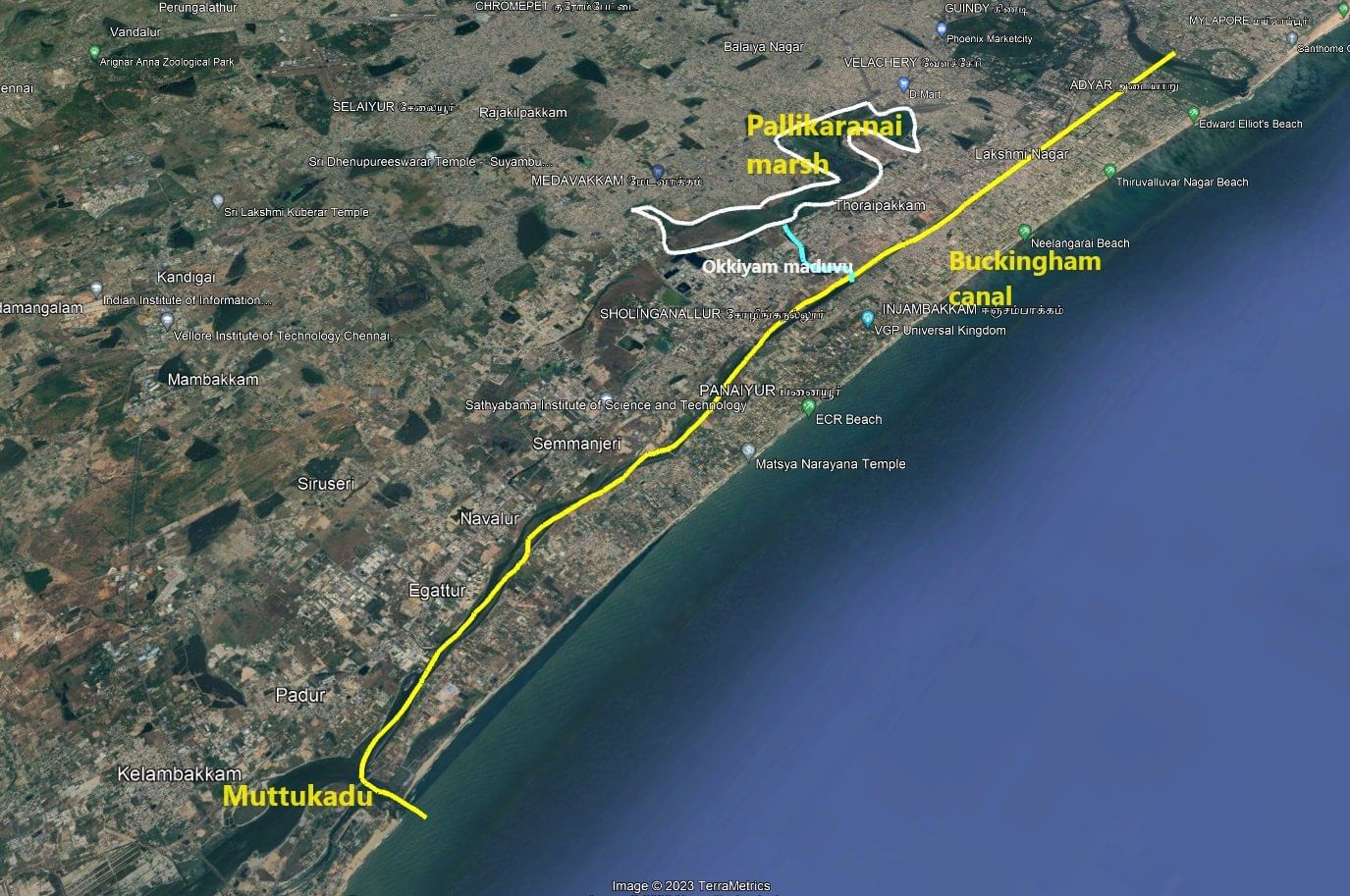Chennai: In a massive push to reshape its water management and transport infrastructure, the Tamil Nadu government has unveiled two mega-projects with a combined outlay of ₹16,388 crore. The initiatives include a ₹2,388 crore restoration of the historic Buckingham Canal and a comprehensive ₹14,000 crore plan to more than triple Chennai’s water storage capacity, aiming to secure the city’s needs until 2050.
The Public Works Department (PWD) will soon commence dredging and desilting work on the 167-kilometer stretch of the Buckingham Canal, running from Pazhaverkadu to Marakkanam. This rehabilitation project is designed not only to revive the canal for water-based transport but also to decongest road traffic and stimulate local trade. The state has sought ₹20 crore from the central government to prepare a detailed project report (DPR), signaling the start of this significant undertaking.
What is the Buckingham Canal Project? Tamil Nadu’s ₹2,388 Crore Revival Plan
While the canal project promises a transport revolution, the larger and more critical initiative addresses Chennai’s impending water crisis. According to a study by the government’s consultant, Royal Haskoning DHV, Chennai’s water demand will require storage facilities to expand from the current 11 Thousand Million Cubic feet (TMC) to 38.73 TMC by 2050.
To meet this daunting target, the Water Resources Department (WRD) has approved 704 essential projects from a proposed list of 1,165, to be implemented over the next decade. The strategy focuses on a two-pronged approach: large-scale construction of new storage systems and the systematic restoration of hundreds of existing water bodies.
The plan involves building 12 new reservoirs in the catchments of the Coovam, Adyar, and Palar rivers, with locations already identified in areas like Thiruverkadu and Poonamallee. Each new reservoir is expected to add between 0.5 TMC and 1 TMC of storage capacity. Furthermore, three major new reservoirs are planned, including one on 300 acres of land near the East Coast Road, which alone will hold 2 TMC of water, specifically catering to the needs of the IT corridor along the Old Mahabalipuram Road (OMR).
Simultaneously, the WRD will embark on an unprecedented restoration of over 1,150 irrigation tanks in and around urban areas. Key tanks feeding the Chembarambakkam lake, such as Thenneri and Sriperumbudur, will be deepened and equipped with sluice gates to prevent sewage inflow. The government estimates that converting 64 identified tanks in the OMR area into small catchments could save between 0.25 TMC and 0.5 TMC of water per tank, creating a decentralized water security network that reduces dependence on a few large reservoirs.
Together, these projects represent the state’s most comprehensive effort in decades to combat water scarcity and build a resilient, multi-modal infrastructure for the future.
